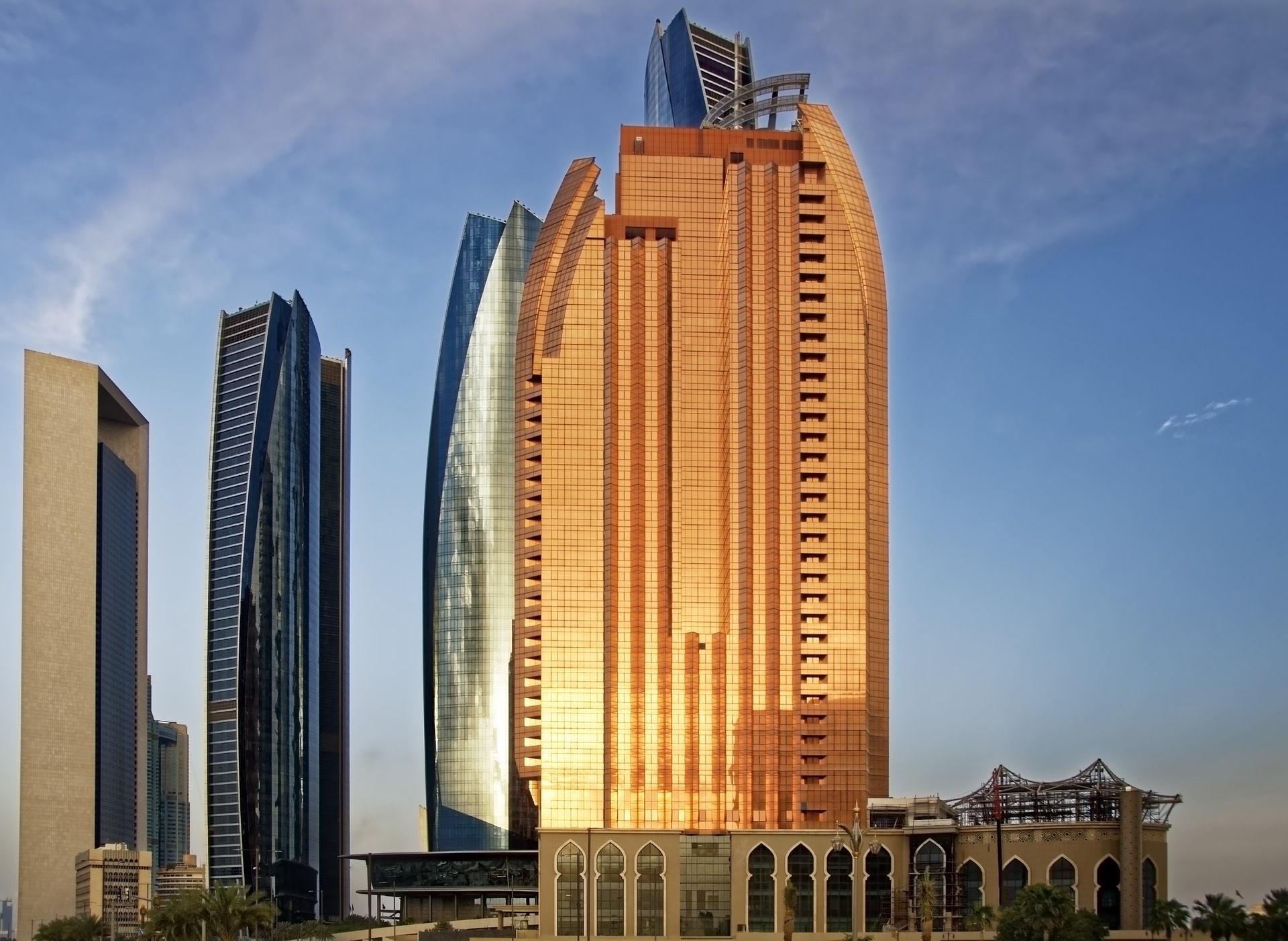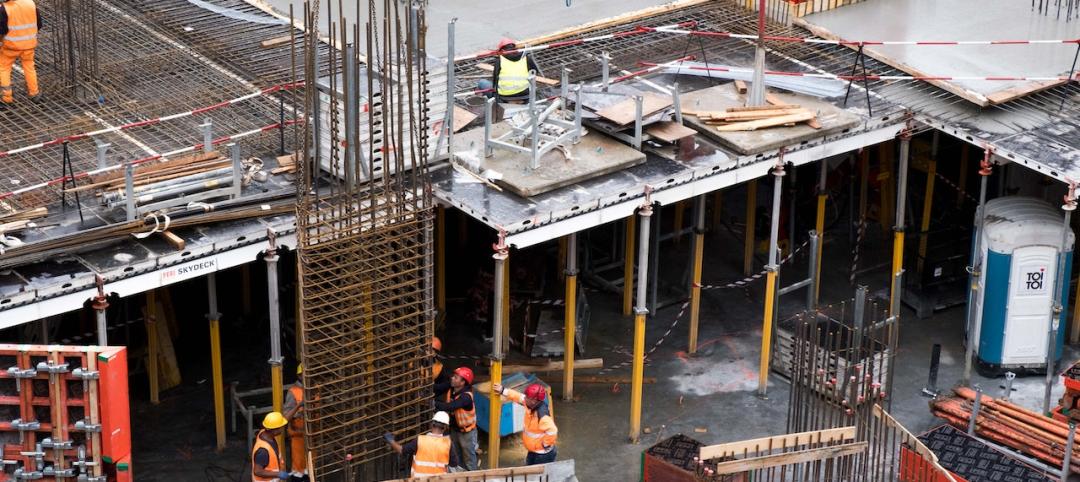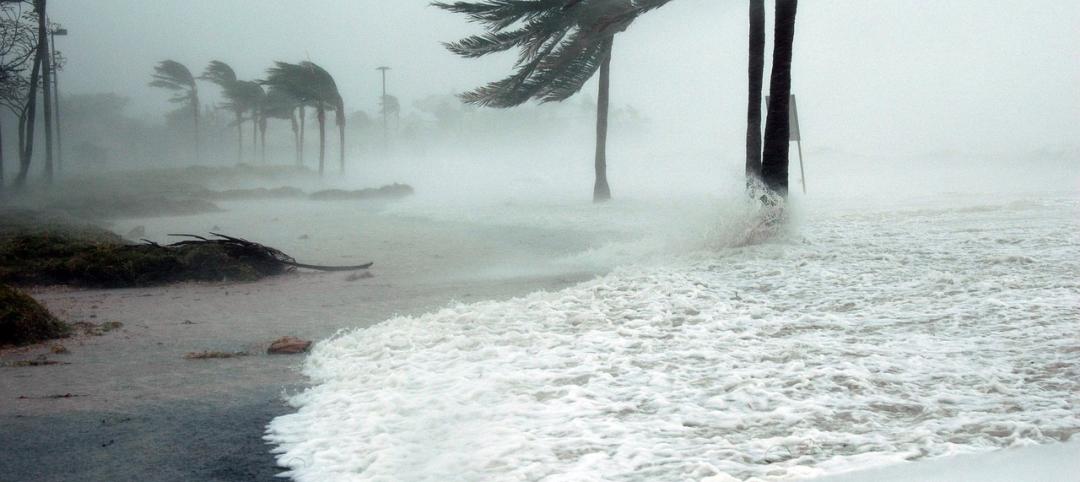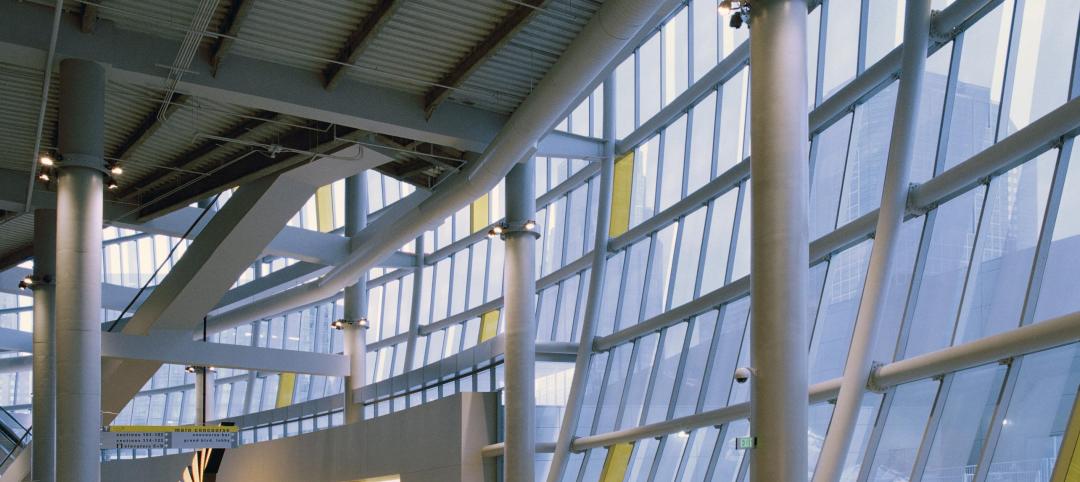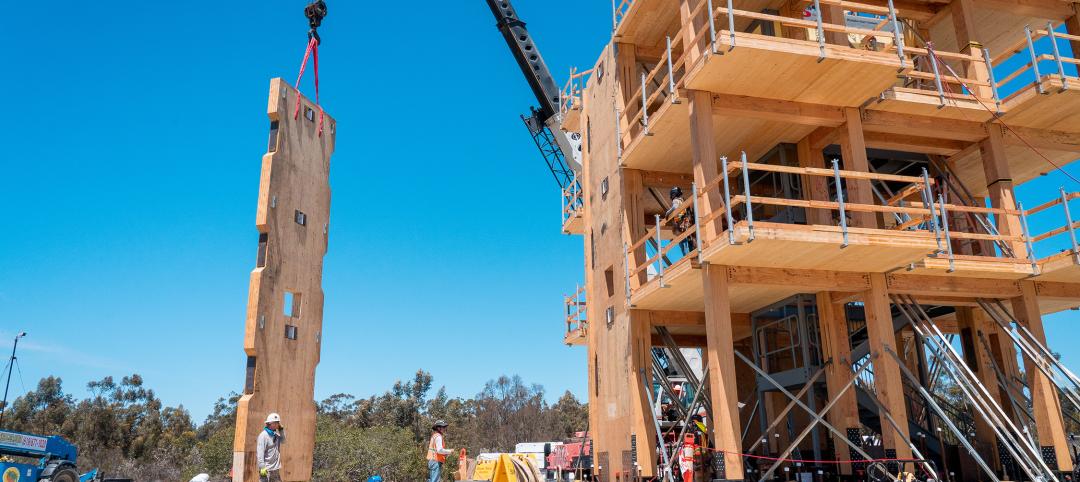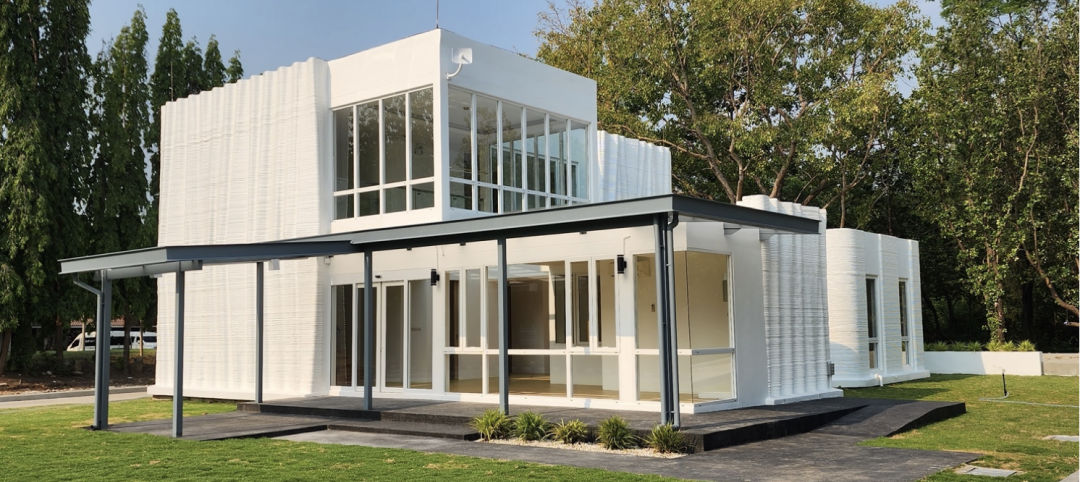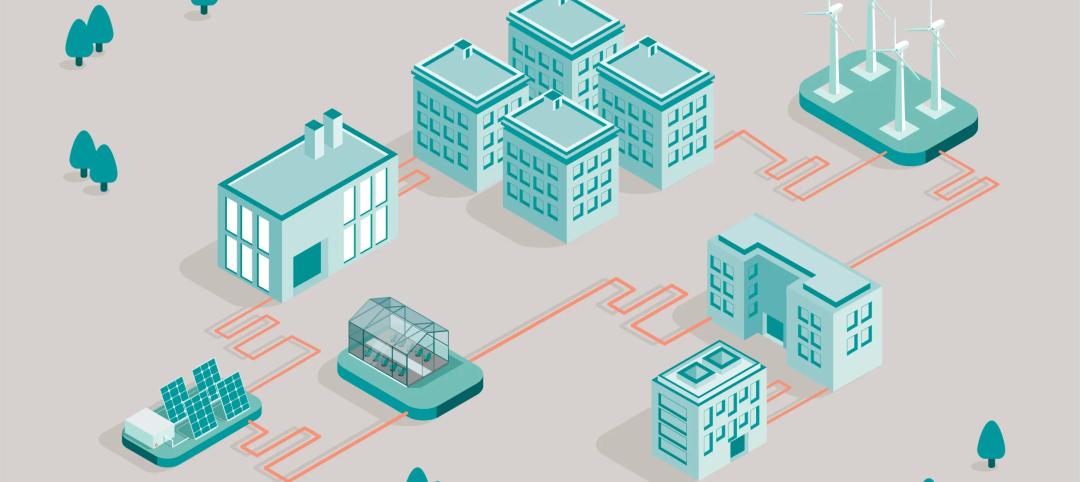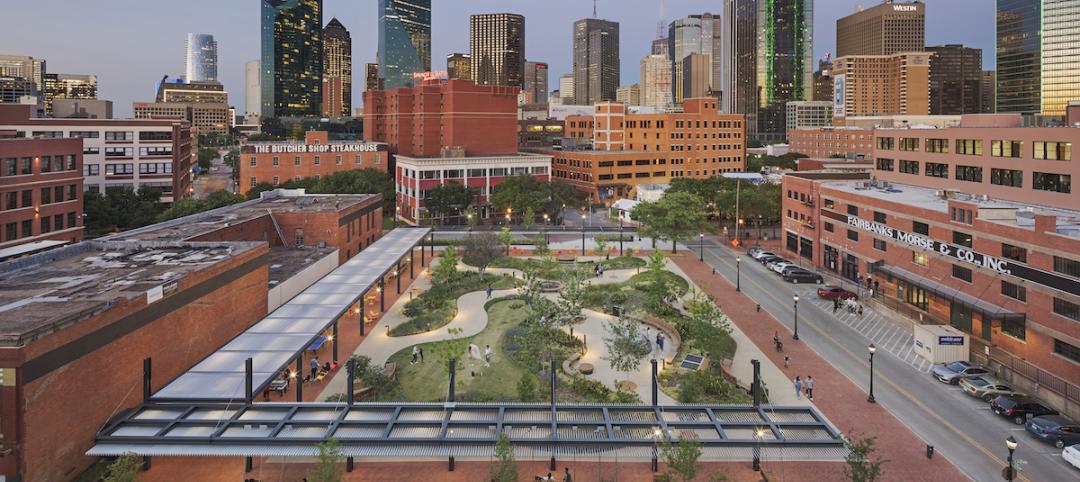As temperatures in many areas hit record highs this summer, cities around the world are turning to creative solutions to cope with urban heat gain, according to a Fast Company report.
The city of Arnhem in the Netherlands is rethinking its road system, looking for opportunities to reduce paved areas. The city is evaluating which roads are underused with the idea of shrinking traffic lanes and replanting these areas with greenery. This would reduce the “heat island” effect.
Abu Dhabi is testing features to make being outside more comfortable in extreme heat. In one park, the United Arab Emirates city has installed shades that roll back at night to let hot air escape, along with strategically placed walls that help channel breezes, shade benches, and misting devices.
A few cities are looking to plant new trees in strategic locations. Dallas and Phoenix will add trees to paths that students use to walk to school. Medellin, Colombia, now has a network of 30 corridors planted with thousands of trees to walk and bike across the city more comfortably.
Some cities have focused efforts on the less fortunate. Phoenix has been providing homeless people with free rides to cooling centers. New York City offers free white paint coatings for roofs on some buildings, including low-income housing.
More cities and counties have created new “chief heat officer” positions to focus on resilience in the face of a hotter climate. These officials have been tasked with coordinating efforts to make extreme heat more bearable in their communities.
Related Stories
Resiliency | Jun 14, 2023
HUD offers $4.8 billion in funding for green and resilient building retrofit projects
The Department of Housing and Urban Development (HUD) recently released guidelines for its Green and Resilient Retrofit Program (GRRP) that has $4.8 billion for funding green projects.
Engineers | Jun 5, 2023
How to properly assess structural wind damage
Properly assessing wind damage can identify vulnerabilities in a building's design or construction, which could lead to future damage or loss, writes Matt Wagner, SE, Principal and Managing Director with Walter P Moore.
Energy-Efficient Design | Jun 5, 2023
Implementing an ‘asset drawdown strategy’ for site decarbonization
Solidifying a decarbonization plan via an “asset drawdown strategy” that carefully considers both capital and operating costs represents a game-changing opportunity for existing properties to compete with new projects.
Cladding and Facade Systems | Jun 5, 2023
27 important questions about façade leakage
Walter P Moore’s Darek Brandt discusses the key questions building owners and property managers should be asking to determine the health of their building's façade.
Mass Timber | Jun 2, 2023
First-of-its-kind shake test concludes mass timber’s seismic resilience
Last month, a 10-story mass timber structure underwent a seismic shake test on the largest shake table in the world.
3D Printing | May 12, 2023
World’s first 3D-printed medical center completed
3D construction printing reached new heights this week as the world’s first 3D-printed medical center was completed in Thailand.
Sustainability | May 11, 2023
Let's build toward a circular economy
Eric Corey Freed, Director of Sustainability, CannonDesign, discusses the values of well-designed, regenerative buildings.
Resiliency | Apr 18, 2023
AI-simulated hurricanes could aid in designing more resilient buildings
Researchers at the National Institute of Standards and Technology (NIST) have devised a new method of digitally simulating hurricanes in an effort to create more resilient buildings. A recent study asserts that the simulations can accurately represent the trajectory and wind speeds of a collection of actual storms.
Urban Planning | Apr 12, 2023
Watch: Trends in urban design for 2023, with James Corner Field Operations
Isabel Castilla, a Principal Designer with the landscape architecture firm James Corner Field Operations, discusses recent changes in clients' priorities about urban design, with a focus on her firm's recent projects.
Sustainability | Apr 10, 2023
4 ways designers can help chief heat officers reduce climate change risks
Eric Corey Freed, Director of Sustainability, CannonDesign, shares how established designers and recently-emerged chief heat officers (CHO) can collaborate on solutions for alleviating climate change risks.


